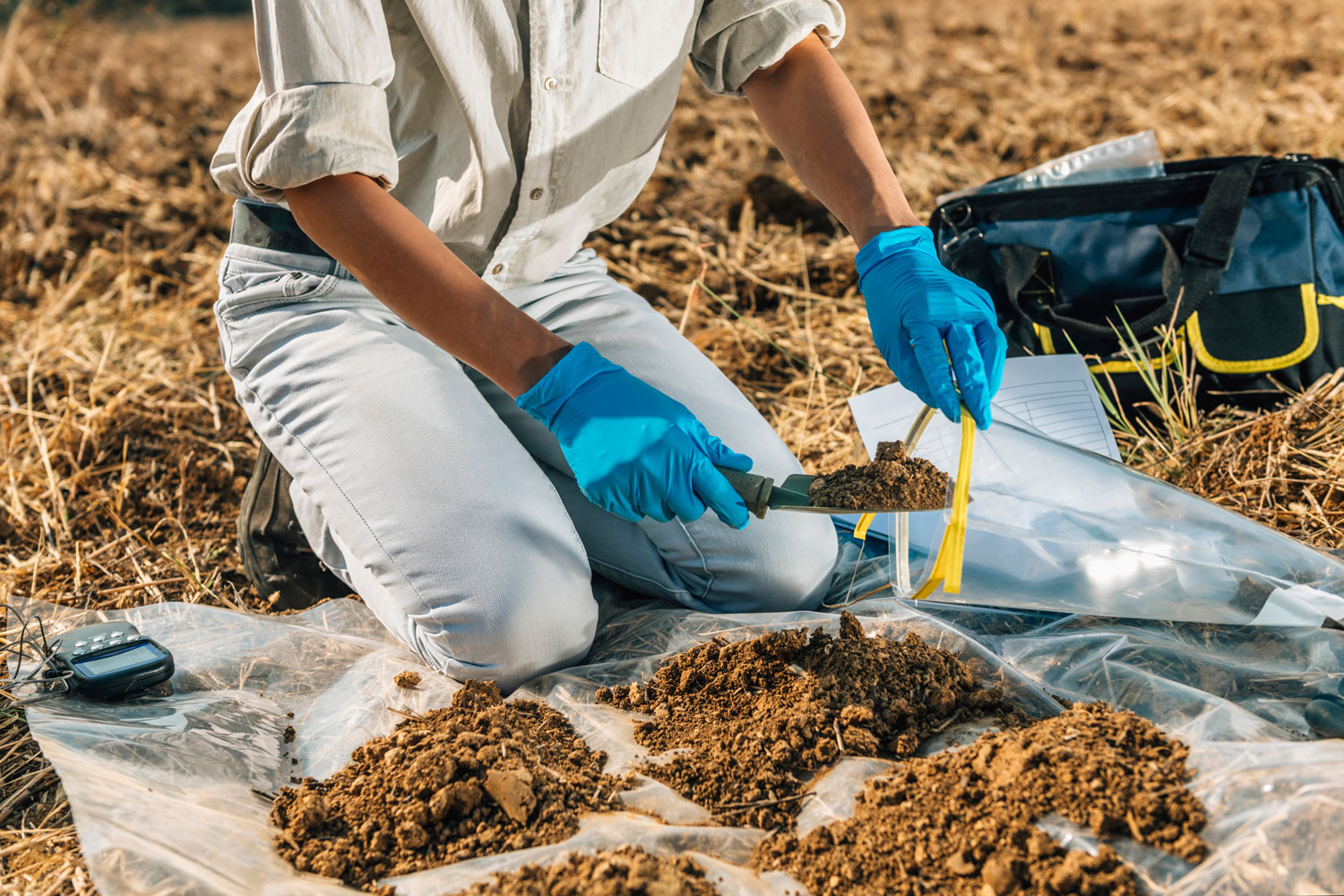Did you know that measuring soil mineral nitrogen stock right after winter is essential for optimizing crop fertilization plans?
The amount of nitrogen residue left in the soil varies each year due to factors like the previous crop's nitrogen use efficiency, winter leaching, and the presence of cover crops. To get accurate results, soil sampling should be done in a large homogeneous area, with at least 14 core samples taken within a 20-meter diameter circle. Samples should cover the full rooting depth of the crop in 30 cm increments. It's important to collect samples post-winter, after the rains but before humus mineralization starts.
These samples must be stored at 4°C and delivered to a lab within 2-3 days, or frozen for longer storage, ensuring they are properly labeled for analysis. This process helps farmers make informed fertilization decisions.
The Importance of Post-Winter Soil Nitrogen Testing
Content Author: Arvalis
